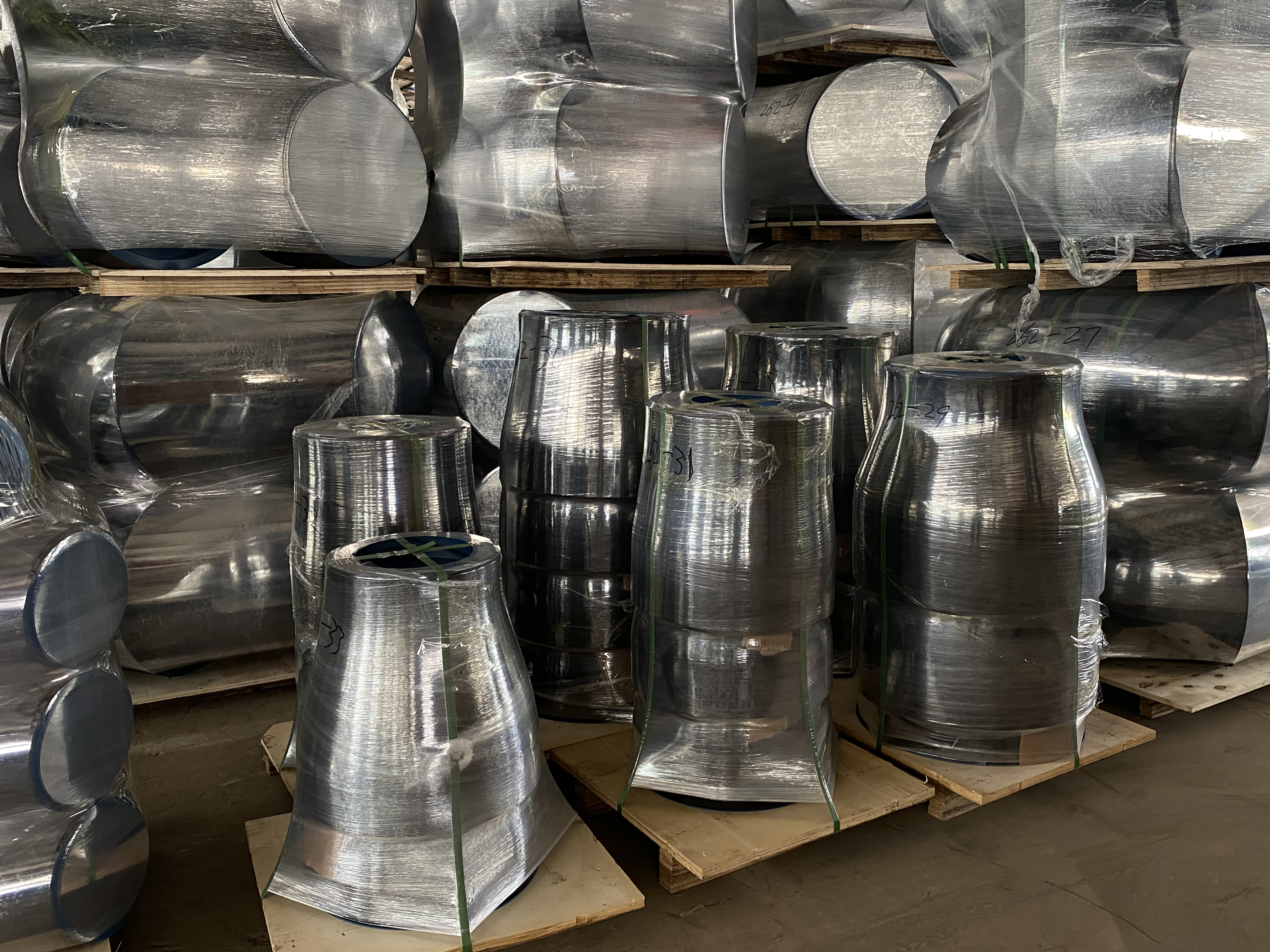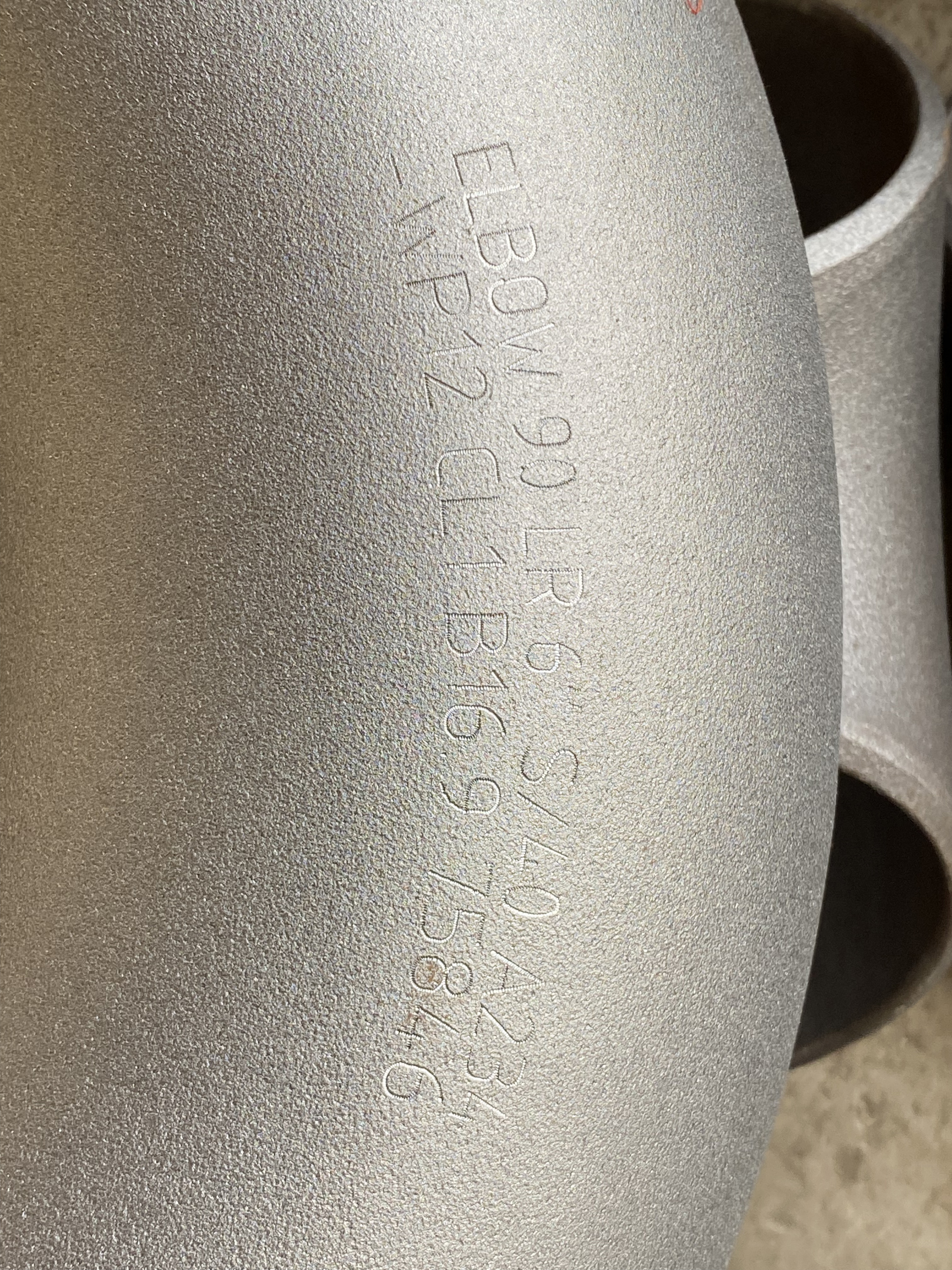NEWS
Processing and storage of stainless steel parts
- Categories:News
- Author:
- Origin:
- Time of issue:2022-09-13 10:59
- Views:
(Summary description)Stainless steel parts storage: there should be a storage rack, the storage rack should be wood or surface spray painted carbon steel bracket or pad with rubber pad, in order to isolate with carbon steel and other metal materials. Storage, storage location should be easy to lift, and other material storage area is relatively isolated, there should be protective measures to avoid dust, oil, rust pollution of stainless steel.
Processing and storage of stainless steel parts
(Summary description)Stainless steel parts storage: there should be a storage rack, the storage rack should be wood or surface spray painted carbon steel bracket or pad with rubber pad, in order to isolate with carbon steel and other metal materials. Storage, storage location should be easy to lift, and other material storage area is relatively isolated, there should be protective measures to avoid dust, oil, rust pollution of stainless steel.
- Categories:News
- Author:
- Origin:
- Time of issue:2022-09-13 10:59
- Views:
Stainless steel products in the process of processing problems
1. Weld defects: The weld defects are serious, which are remedied by manual mechanical polishing treatment, resulting in polishing traces, resulting in uneven surface and affecting the appearance.

2. Surface inconsistency: only pickling and passivation of the weld will also cause uneven surface and affect the appearance.
3. Scratches are difficult to remove: overall pickling passivation, can not remove all kinds of scratches produced in the processing process, and can not remove the carbon steel, splashes and other impurities adhered to the surface of stainless steel due to scratches, welding spatters, resulting in the presence of corrosive medium under the condition of chemical corrosion or electrochemical corrosion and rust.
4. Uneven grinding and polishing passivation: pickling passivation treatment after manual polishing and polishing is difficult to achieve uniform and consistent treatment effect for large parts, and the ideal uniform surface can not be obtained. And the cost of working hours and auxiliary materials is also higher.
5.pickling capacity is limited: pickling passivation paste is not universal, plasma cutting, flame cutting and black oxide skin, it is difficult to remove.
6. Scratches caused by human factors are more serious: in the process of lifting, transportation and structural processing, scratches caused by human factors such as knock, drag and hammer are more serious, which makes the surface treatment more difficult, and is the main reason for corrosion after treatment.
7. Equipment factors: in the process of bending and bending of profiles and plates, scratches and creases are also the main reasons for corrosion after treatment.

8.other factors: stainless steel raw materials in the procurement, storage process, due to the lifting, transportation process of knock and scratch is also more serious, is also one of the reasons for rust.
Stainless steel hoisting: hoisting, it is forbidden to use steel wire rope to avoid scratching the surface; And in the lifting and placement, should avoid impact knock caused by scratches.
Stainless steel transport: transport, the application of transport tools (such as cars, battery cars, etc.), and should be clean isolation protection measures, to prevent dust, oil, rust pollution of stainless steel. Do not drag, avoid knock, scratch.
Stainless steel parts processing
1.processing area: stainless steel parts processing area should be relatively fixed. Stainless steel processing area of the platform should take isolation measures, such as laying rubber pad. Stainless steel parts processing area of fixed management, civilized production should be strengthened to avoid damage to stainless steel parts and pollution.
2. Blanking: stainless steel parts blanking using shear or plasma cutting, sawing, etc.
A. Shear: During shear, it should be isolated from the feeding bracket, and the hopper should also be paved with rubber pad to avoid scratches.
B. Plasma cutting: After plasma cutting, the cutting slag should be cleaned. When batch cutting, the finished parts should be cleaned out of the site in time to avoid the stain of the cutting slag on the workpiece.
C. Sawing off the material: sawing off the material, clamping should be rubber protection, sawing should be cleaned on the workpiece oil, residue, etc.
Mechanical processing: stainless steel parts in the car, milling and other mechanical processing should also pay attention to protection, the completion of the work should be cleaned up the surface of the workpiece oil, iron debris and other debris.

Forming processing: in the process of rolling plate and bending, effective measures should be taken to avoid stainless steel surface scratches and creases.
Welding of stainless steel parts
Riveting welding: stainless steel parts in the group, should avoid forced assembly, especially avoid flame baking school assembly. Group or production process if there is a temporary plasma cutting, should take isolation measures to avoid cutting slag on other stainless steel parts of the pollution. After cutting, the cutting slag on the workpiece should be cleaned up.
Welding: stainless steel parts must be carefully removed before welding oil, rust, dust and other sundries. Welding as far as possible using argon arc welding, manual arc welding should use small current, fast welding, avoid swing. It is strictly prohibited to arc in the non-welding area. The ground wire is properly positioned and firmly connected to avoid arc abrasion. Welding should take anti-splash measures (such as brush white ash and other methods). After welding, stainless steel (not carbon steel) flat shovel should be used to clean slag and splash thoroughly.
Multilayer welding: Multilayer welding, interlayer slag must be cleared. When multi-layer welding, the temperature between layers should be controlled, generally not more than 60℃.
Weld: The weld joint shall be polished, and the weld surface shall not have slag, porosity, edge bite, spatter, crack, lack of fusion, lack of penetration and other defects, and the weld and the base metal shall be smooth transition, not lower than the base metal.
Correction: The correction of stainless steel parts, should avoid the use of flame heating method, especially do not allow repeated heating of the same area. Correction, as far as possible to use mechanical devices, or with a wooden hammer (rubber hammer) or cushion rubber pad hammer, hammer hammer is prohibited to avoid damage to stainless steel.
Scan the QR code to read on your phone





Tel: +86 157 2731 7311
Tel: +86 157 2731 7311
E-mail: sales@whsteelfittings.com
Factory Add:Zhenggang Industrial Park, Yanshan County, Cangzhou City Hebei Province, China.




Tel: +86 157 2731 7311
Tel: +86 157 2731 7311
E-mail: sales@whsteelfittings.com
Office Add:No.8013 FuHuaHongYan Building,HongYan South road,Chaoyang District ,Beijing ,P.R.CHINA
SOCIAL MEDIA
Copyright © 2020 WH-STEEL 冀ICP备20009811号 Powered by www.300.cn




